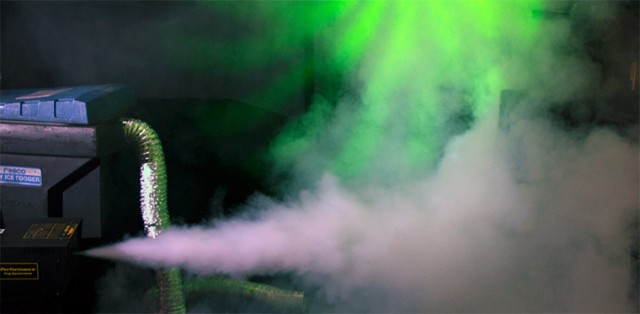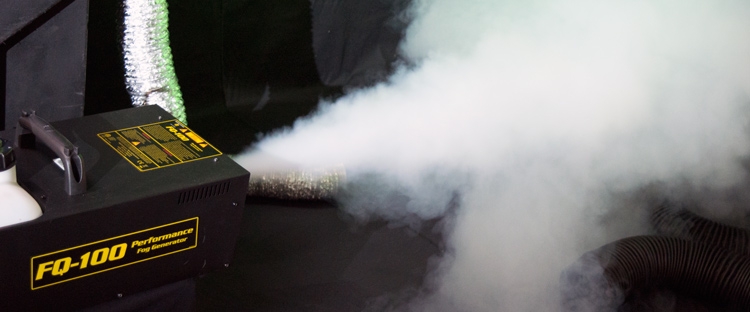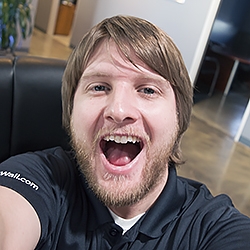UPDATED: Hazed and Confused - The Differences Between Fog, Haze & Dry Ice


Haze and fog are two of the most commonly used effects in video, theater, and concerts. Many novice users have an image of what they want to achieve but lack the knowledge of how to use the machines necessary to create the desired result. A basic understanding of hazers and foggers can greatly improve the quality of the effects.
Type of Output
Haze and fog have very distinctive outputs. Generally, haze machines output a slow stream of the effect that is not dramatic or intense unless left on to build constantly into the space. Fog behaves quite differently. Usually it is an intense burst of effect- similar to a steam engines smoke stack. If left on over time, the effect becomes concentrated, creating a thick overwhelming feel. However, fog does dissipate more quickly than haze, so it takes additional fluid and time to fill the room.
Oil Based vs. Water Based
Haze and fog machines use oil or water based fluid. Oil bases linger in the air much longer and have a slightly denser effect. Because of the oil, the output can cause a problem with fire and smoke alarms from time to time. Water based fluid is much better around fire and smoke alarms, and when sensitive items such as hanging fixtures are present. The fluid will not linger as long or be quite as dense, but it will not leave near the residue the oil base does. Overall both bases produce a relatively similar effect, so typically the situation will determine which base is preferable.

Low Lying Fog
One of the most common effects people struggle to create is low line fog. The best way to make the fog over water or "creepy cemetery" effect is to use something to cool the fog from a fog machine. The concept behind this is very simple, hot air rises. So if the effect is cooler than the air temperature outside the machine, then the effect will stay lower to the ground. There are several different ways to achieve this with a fogger. A couple ways the machines create this is with a refrigeration system or with using dry ice.
Dry Ice Machines
Unlike other styles of fog and haze machines, dry ice machines use a much simpler method—and it's just what one would expect. A heating element warms up the water, and once it's hot enough, the dry ice is inserted into the holding area. The process of the dry ice and water meeting varies on the machine. This creates an extreme temperature difference, which creates the fog. Since the fog that is produced is very cool, it stays low to the ground. This is the alternative to other devices which use heavy compressors to cool down the fog. So this means that unlike most compressor-style low-line fog machines, dry ice machines are much more basic. However, this means they do not have as long of a run time as their complicated counterparts.
LED Fog & Haze Machines
If you want to create a pyro effect, but need to avoid using actual fire, there are beginning to be some good options out there. The effect is generally created by having a ring of high powered LEDs around the nozzle of a fog or haze machine. This creates a colored, towering column that can simulate pyro, as well as creating new and interesting effects. Taking this effect up a notch, CITC introduced The Maniac, a moving light led fog machine.
Fluid Usage
Fluid usage varies from unit to unit. A general rule of thumb is that, with intense usage, hazers can last around eight hours and foggers can last around four hours. So a hazer could be a used heavily for the run of a show or a very long video shoot day. While foggers often take more fluid, they will generally last the same length of time as hazers since foggers are not usually used as continuously. Larger machines often take much more fluid depending on output. This is truly a case-by-case basis and greatly depends on the unit itself.
These are just a few hazer and fogger basics. The manufactures' suggested fluid for each unit should be used for the best result. There are many different brands and styles of hazers and foggers, and while they all output differently, they have the same general concepts behind them.
 | Clint Zaayer is an Account Manager at 4Wall Los Angeles. While earning his degree |
